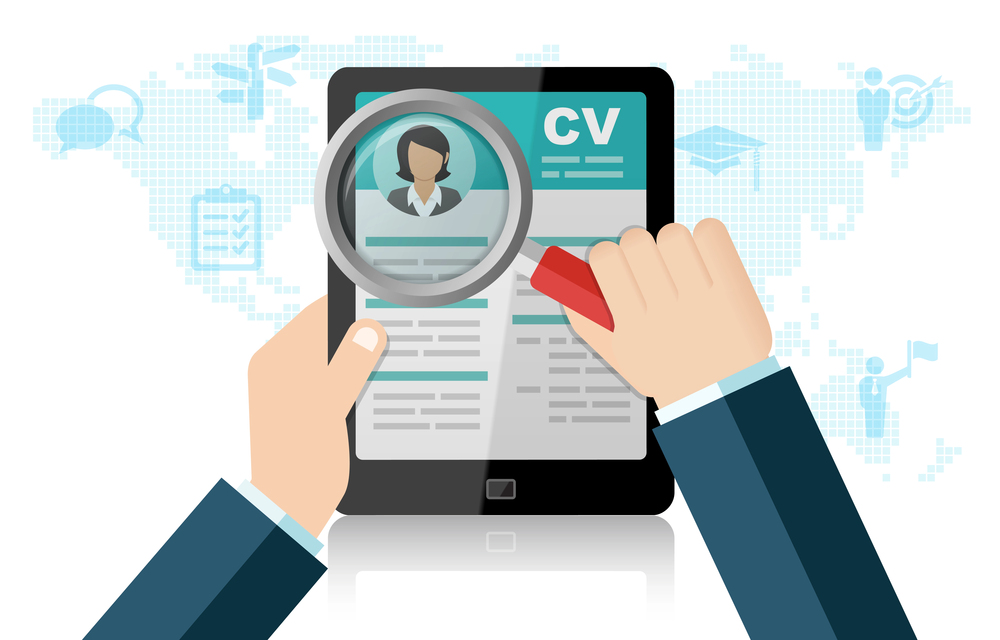Businesses don’t exist without customers, so they’re the most important thing when you start up a business and create an action plan.
One of the biggest mistakes I see entrepreneurs make is not fully understanding their ideal customers and their pain points, and how their solution alleviates that problem.
So, who are your customers?
Whether they’re actually spending money with you now or not, you need to completely understand your buyers from the get-go. The goal is to have alignment with what your customers need to what you’re fantastic at providing.
What Keeps Your Customers Up at Night?
Here’s a good place to start. Answer these questions about your ideal customers:
- Describe the most profitable order for your business—not the largest order, the most profitable.
- What type of person, business, organization or customer places that type of order?
- Who makes the buying decision for that type of purchase?
- What’s the preferred method of purchasing? In person? Online?
- How frequently do they buy?
- What do they care deeply about?
- What frustrates them?
- What are their future goals or aspirations?
- What do they hate? What do they love?
The goal is to get a clear understanding of who your customers are, as they define the target you’re focused on. “We’ll sell to anyone who has the cash,” isn’t an acceptable answer. How would you create a marketing plan based on that?
Can you define your ideal customer based on these answers? If not, where do you need to delve deeper?
Using bullet points, write out descriptive truths about your ideal customer based how you answered these questions.
Do You Understand Your Customers’ Problems?
Whether you sell hotdogs with a street cart or expensive automobiles, you’re in the business of solving problems for your customers. One keystone to the success of your business is completely understanding your customers’ problems and how you fit into the matrix of solving them.
Do you think you have that level of understanding?
People will pay more for anything that they find valuable and that solves a particular problem.
For example, Tony wants to propose to Maria and is shopping for an engagement ring. What’s his problem?
All jokes aside, the anxiety and stress associated with choosing the right stone, setting and design is considerable. The solution to his problem is the guidance offered by Susan, the jeweler, to help him select something Maria will be proud to wear forever. That’s the value that the jewelry store professional provides, not in the price of the ring.
What aspects of her business should Susan market more to bring in more customers like Tony?
When you’re thinking about your customers’ problems, ask these questions:
- What problems are they paying to solve?
- What’s the one thing they’d improve?
- What’s annoying?
- How will it change their status?
- What are they afraid of?
- What was the biggest mistake last time?
- What’s the one thing that absolutely has to be right?
- What does success look like?
- What would make things frictionless?
- What are they trying to avoid?
- What will they tell their friends?
Can you solve your customers’ problems based on these questions? Do you know what your customers’ top three problems are?
Using bullet points, write out a list of your customer’s top problems based on the questions you just answered.
How Does Your Business Serve Your Ideal Client?
Here’s where the rubber meets the road. If you can define your best customer and their top problem, do you have an ideal solution?
If so, you probably will have a great business.
But what if you have a great solution, but haven’t defined the best customer or their top problem? That’s the “ready, fire, aim” version of hitting the bullseye.
Everything needs to match to work well.
Here are some questions to ask yourself:
- Does the perfect solution to your customer’s problem fit into your business wheelhouse? Are you good at it?
- How will you solve the customer’s problem? Have you defined the process?
- What are the benefits that the customer will realize when you solve their problem?
- What emotion will they feel when you solve it? Happiness? Relief? Laughter?
- Do you have a solution that’s consistent, predictable and repeatable?
- What tools, people, skills, products, services, technology or other items are necessary to solve your customer’s problem? Is this something that you possess?
- How is your solution to your customer’s problem unique?
OK, you’ve written about your ideal customers and their biggest problems. Now, illustrate the process of how you can solve your customer’s top problems. How will you do it?
Your Bottom Line
In our “next normal,” as we work through this pandemic, your ideal customer might be different. Their problems might be different. How you solve their problem with your product or services will be different. You should repeat this exercise every six months to be sure that you and your company align with solving your customers’ biggest pain points.
Find a Home-Based Business to Start-Up >>> Hundreds of Business Listings.

















































